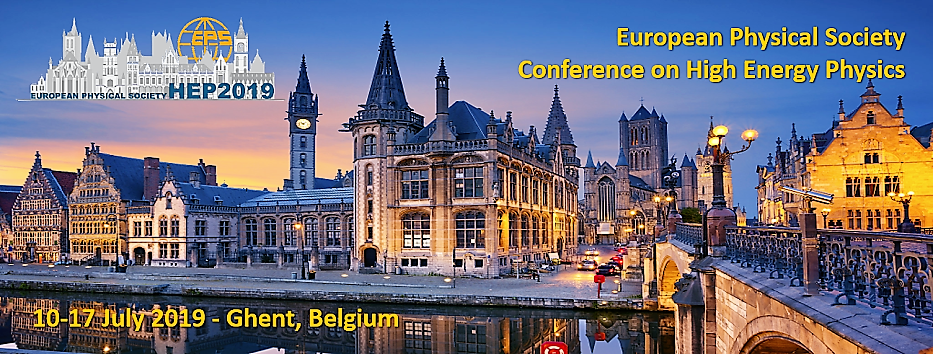Speaker
Description
The Gas Electron Multiplier (GEM) was first introduced by Fabio Sauli in 1997, which is a thin layer of an insulating polymer, coated on both sides with copper and chemically perforated with a high density of microscopic holes. The GEM detectors, which are built using GEM foils, have been utilized for various applications due to their excellent spatial resolution, high rate capabilities and flexibility in design. As this is comparatively new technology at the outset, we are performing simulation studies for R&D of GEM foils as well as GEM detectors. Large areas of GEM are foreseen in several experiments such as the future upgrade of the CMS muon detection system, where triple GEM based detectors will be installed and operated. Since a GEM foil is stretched while building a GEM detector, we check for any deformation in the perforated holes and change in operational characteristics caused due to stretching of the foil. Using Finite Element Analysis, stress-strain curves are obtained to estimate possible hole and shape deformation. Further studies are being performed corresponding to different operating conditions. All these studies are very useful for design and performance of next CMS muon endcap upgrade, namely GE2/1 & ME0, and will prove to be beneficial for future detector development and upgrade programs at LHC, CERN.
